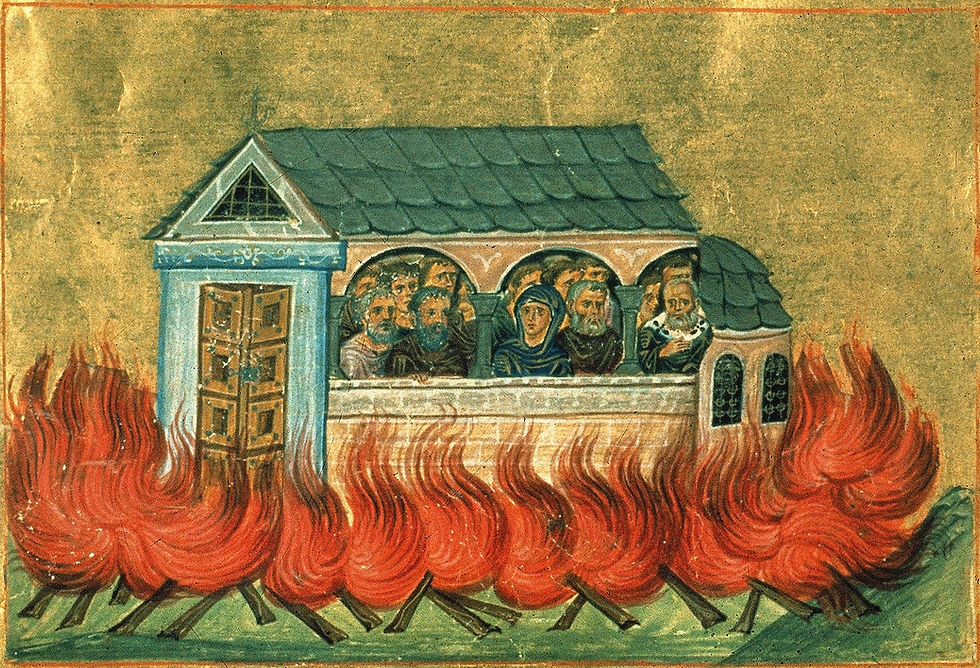Why are Blue Plaques Important?
- Tim Boatswain

- Aug 28, 2020
- 3 min read
Updated: Mar 22, 2023

An issue that faces us all is the question of identity: who are we, where do we come from, why are we the way we are? Globalisation and the impact of modern-day society, scattered nuclear families and diverse communities have tended to undermine people's knowledge and understanding of their roots. There is sound psychological evidence that not knowing about your origins and past can lead to low self-esteem and lack of self-confidence at both the individual and collective level.
A predictable counter-balance to this trend has seen exponential growth in people's interest in genealogy and an increasing desire for oral and local history – the story of our ancestors, where we live, what happened there and what it was like just a few generations ago. Linked to our need for understanding our roots, the source of our identity, there is nostalgia for the past. A less attractive aspect of this phenomenon has seen an increase in populism and nationalism that devalues the other - the ones not from our roots, the outsiders and 'who are the cause of all our problems.'
At the same time society has always yearned for role models and the cult of personality and celebrity is deeply embedded in the human psyche. So it is not surprising that the idea of identifying and commemorating the places where famous people of the past, or even contemporary celebrities, lived or worked with a ‘blue plaque’ has taken off in recent times. The ubiquity of ‘blue plaques’ to celebrate heritage has not always been welcomed. It led Mike Read, the DJ and one of the founders of the British Plaque Trust, to sound off in The Daily Telegraph about there being too many ‘blue plaques’. His ire was particularly directed at a blue plaque in Norwich which commemorated the Beatles, who after a performance were queuing with their fans for fish and chips.
It is fair to say when the idea of ‘blue plaques' was first mooted it did aim at what might be perceived as a more stratospheric cultural level. It all started In 1866 with a British politician, William Ewart, who thought it was important for society to mark the homes and workplaces of famous people. Initially, the scheme was administered by the Society of Arts and limited to London. The scheme is now run by English Heritage who, apart from a brief period at the turn of the millennium, has also confined their blue plaques to Greater London.
As I argued for the reasons above, the practice of putting up ‘blue plaques’ has grown in popularity so that schemes similar to that in London have been administered by a variety of organisations across the country. Although many have retained the standard appearance, circular-shaped porcelain plaques with blue backgrounds, there is now a wide range of commemorative plaques, linking locations with famous people or events, in different shapes, materials and colours, adorning buildings and other structures. 'Blue plaques' have become an important part of the ‘heritage industry’.
I live in St Albans and we do have a few commemorative plaques but they have tended to have been put up in an arbitrary manner rather than as part of a unified scheme. The one plaque most people know about in the city is on the wall of a pub, the Blacksmiths Arms, which celebrates that the Zombies, a St Albans Rock Group originally met there.
However, given the city's rich history and the numerous famous people from all walks of life that have lived and worked in St Albans, the small number of plaques and the lack of information about many famous residents (as well as historical events) does seem a missed opportunity. The failure to commemorate notable people associated with the city does deny residents and visitors much knowledge of the city’s rich heritage.
I am now pleased to be chairing a steering committee, Blue Plaques St Albans (BPSA) [1], who want to put this right by establishing a systematic process for identifying notable people and the buildings where they lived or worked so that blue plaques can be put up in the near future.
Knowing about the past, the people who lived and worked in a locality is not just a matter of stimulating interest and pride in a place, it is good for a community's health.
[1] Supported by:
St Albans City and District Council
St Albans Civic Society,
St Albans Business Improvement District (BID)
St Albans City Tour Guides
St Albans Visitor Partnership
St Albans Cathedral
St Albans & Hertfordshire Architectural & Archaeological Society
Conservation 50




Comments